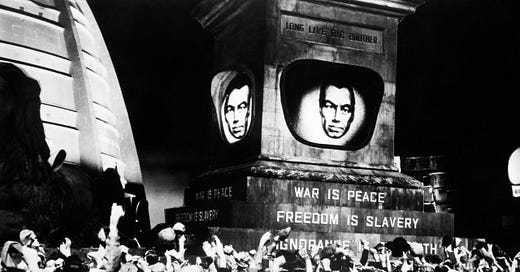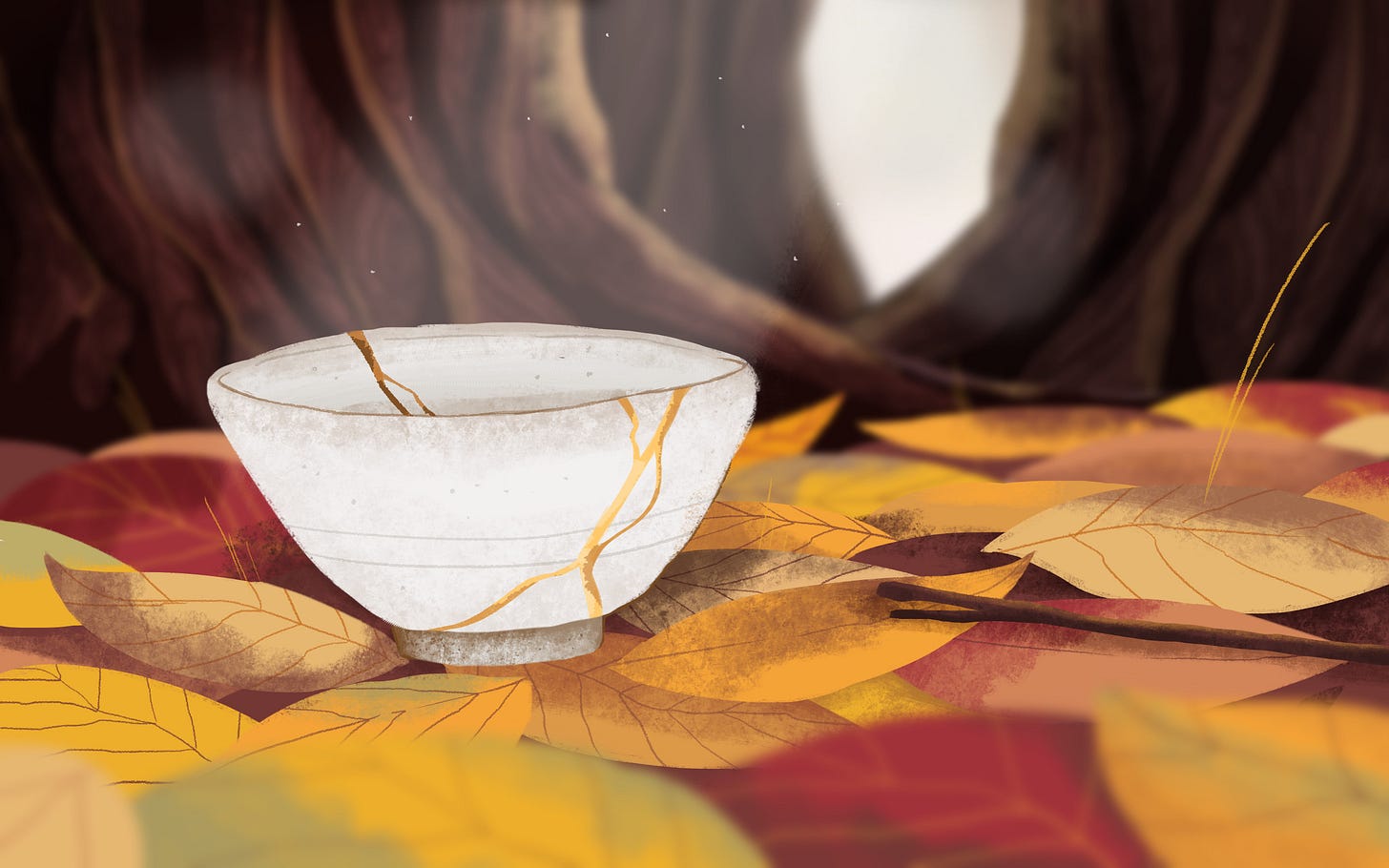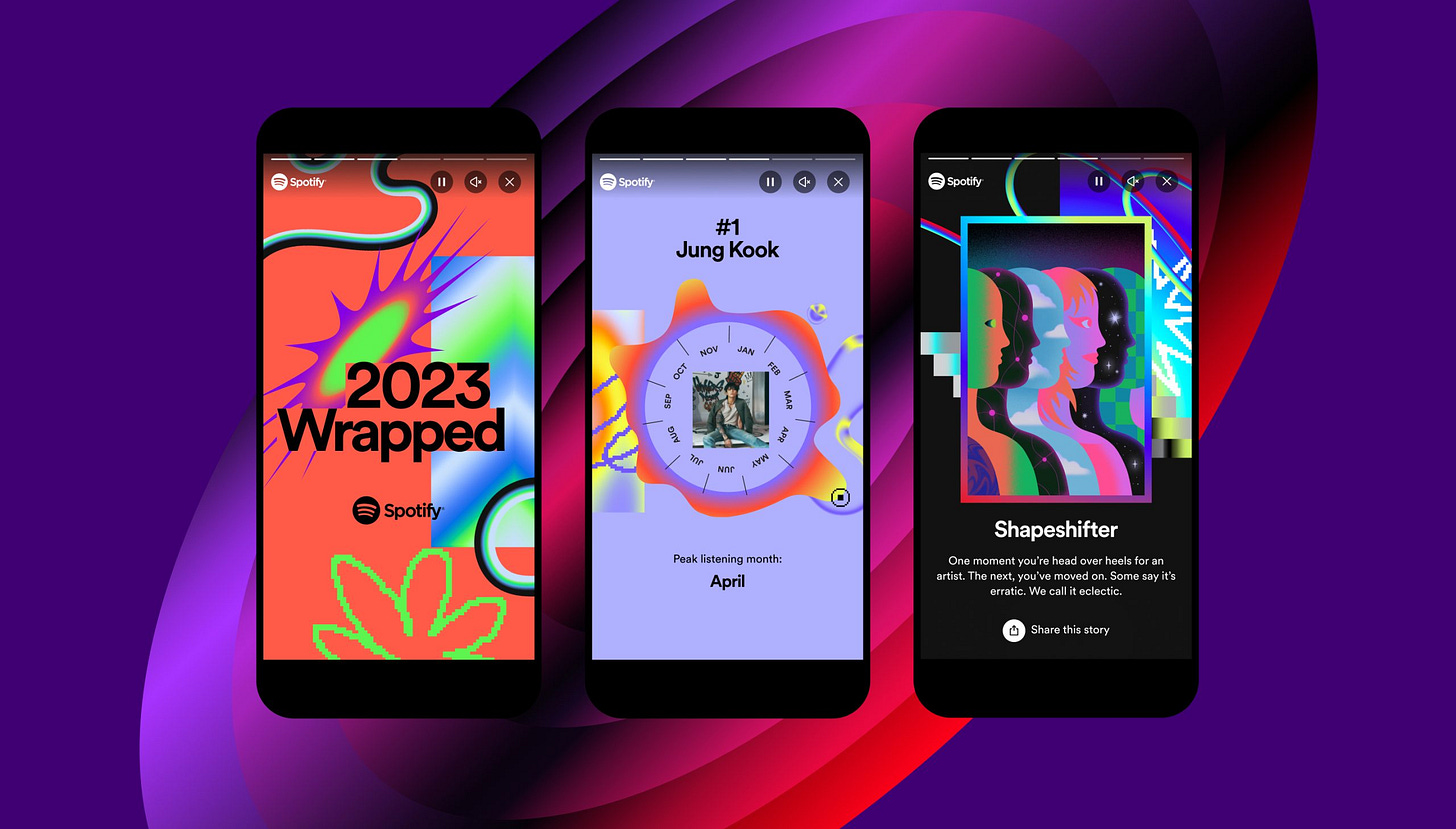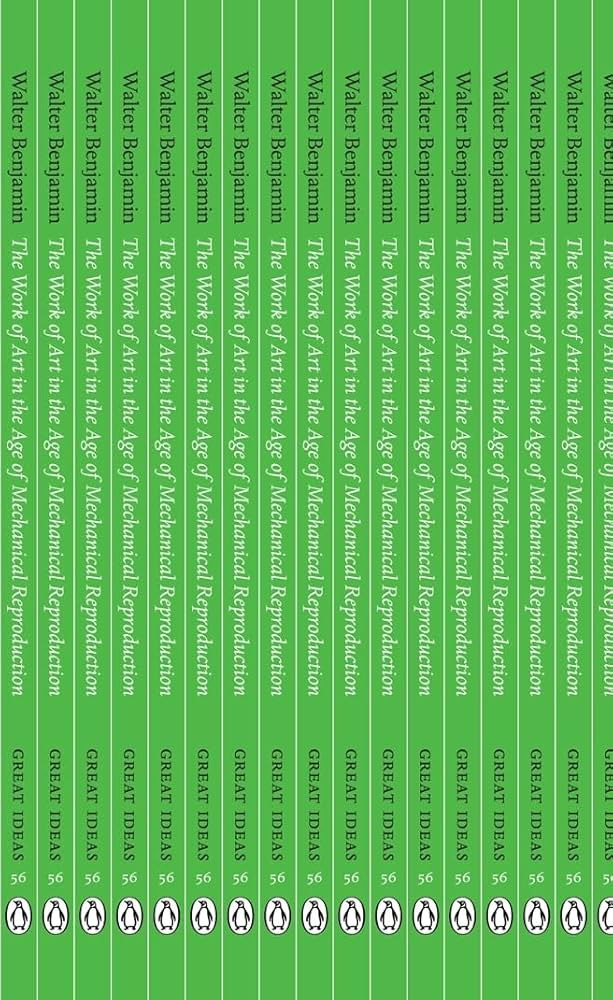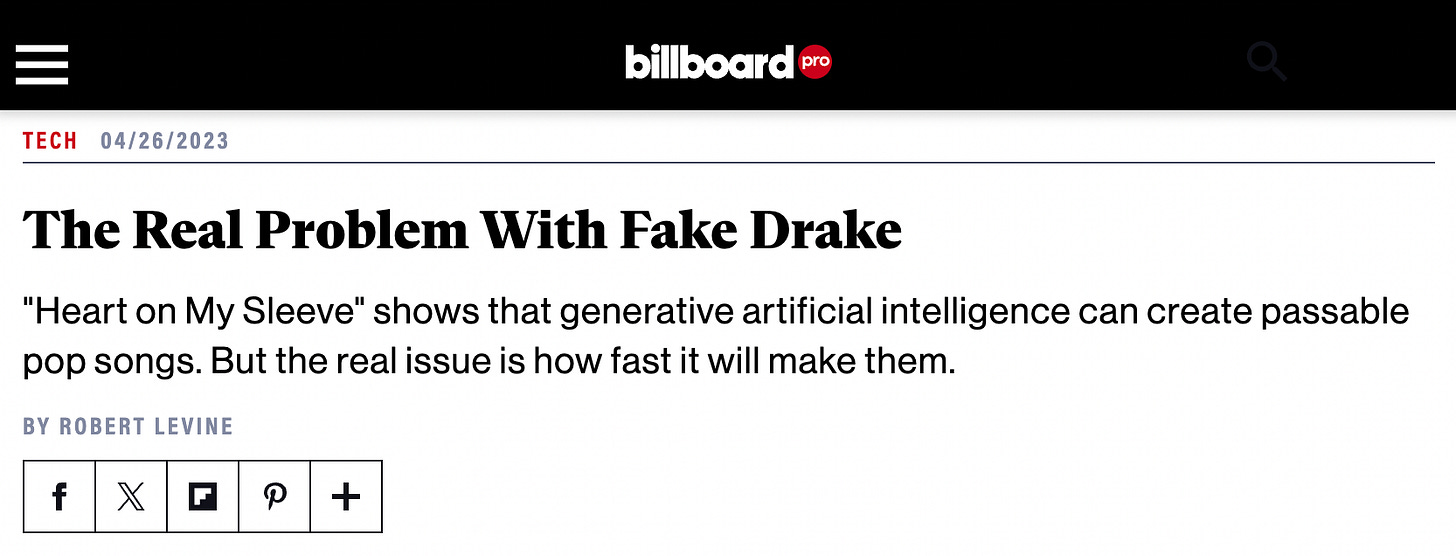Rage Against the Machines: The Mechanization of Authenticity
From the Industrial Revolution to AI-driven content today, every wave of mechanization has been met with resistance—not just in labor markets but in the very fabric of what we consider "real."
Are we in control of our own authenticity, or has the machine already taken over?
Truth 1: The Industrialization of Inauthenticity
Max Weber, one of the key thinkers cited in The Authenticity Industries, warned that modernity would lead to the "disenchantment of the world." He argued that rationalization; where efficiency, standardization, and predictability become guiding principles, would strip human life of its mystery and spontaneity.
This fear is evident in the way we romanticize the past. The idea that "machines have taken over" is not new, it’s the same fear that inspired the Luddites in the 19th century, who smashed textile machinery in protest of industrialization. George Orwell later echoed this in 1984, writing that "Machines have become a modernist habit of the mind."
Today, we see this anxiety play out in how we engage with AI-generated art, algorithm-driven creativity, and even automation in workplaces. If a machine can generate a New Yorker cartoon, a Taylor Swift-esque song, or a deepfake influencer, where does that leave human originality?
Answer 1: The “Rough Cut” Aesthetic - A Rebellion Against the Machine
One way people fight back against technological standardization is by seeking imperfection. There’s a reason why we celebrate "rough cut" aesthetics, handmade ceramics over factory-produced ones, grainy film photography over crisp digital images, and even the resurgence of vinyl records in an age of streaming.
The Authenticity Industries describes this as a longing for “a premodern purity of spirit and wholeness of purpose.” In other words, we attach emotional weight to things that feel untouched by mechanization.
Brands and influencers capitalize on this. Think about:
The rise of “handwritten” AI fonts, ironic, given they are machine-generated.
Luxury’s obsession with “imperfection”, wabi-sabi aesthetics in fashion, from Bode’s patchwork textiles to Margiela’s unfinished hems.
The resurgence of film photography, photographers like Petra Collins celebrate unpredictability in an age of hyper-HD content.
Even social media reflects this trend. TikTok’s raw, shaky-camera aesthetic is a direct reaction to Instagram’s overly curated, machine-perfect feeds. The machine is still in control (hello, algorithms), but its presence is carefully disguised.
Wabi-Sabi.
Truth 2: The Illusion of Choice
One of the most unsettling aspects of technological inauthenticity is the illusion that we are still in control of our choices. As The Authenticity Industries notes, “central to these anxieties about industrial inauthenticity is the ubiquitous uniformity it produces.” Algorithms, designed to predict our desires before we even articulate them, have quietly taken over as the curators of our culture.
Netflix’s recommendation algorithm determines what we watch before we even browse.
Spotify’s AI-curated playlists streamline music discovery, making it rarer for people to find new artists organically.
Amazon’s data-driven suggestions turn shopping into an optimized, predictive process rather than a personal search.
If every preference is subtly guided by machine learning, then what does it mean to have taste? The machine tells us what we want, and we agree, mistaking predictive logic for personal preference.
But this is more than just convenience; it’s a shift in power. As artificial intelligence moves from curating content to creating it, the real crisis emerges: What happens when AI isn’t just shaping our choices but making art, music, and literature itself?
Answer 2: AI and the Death of the Author… Or a New Role for the Human Creator?
For centuries, artistic authenticity was tied to the uniqueness of the creator, their lived experience, their intention, their craft. Philosopher Walter Benjamin argued in The Work of Art in the Age of Mechanical Reproduction (amazing book, amazing cover design too!) that mass production strips art of its "aura," its singular presence in time and space. Now, the crisis isn’t just about reproducing art but about who—or what—is creating it in the first place.
Walter Benjamin, The Work of Art in the Age of Mechanical Reproduction.
AI is no longer just a tool for assisting artists, it is replacing them. Today, machine learning models can write novels, compose symphonies, and generate visual art with staggering accuracy. The problem isn’t just forgery; it’s the very definition of authorship itself.
Consider:
Deepfake influencers like Lil Miquela, a completely AI-generated persona who has modeled for Prada and Calvin Klein.
AI-generated books flooding Amazon, many of them plagiarized or indistinguishable from human-written content.
AI music models that mimic artists, leading to viral tracks like 2023’s “fake Drake” controversy.
So, does knowing that a piece of art was machine-made automatically make it inauthentic? Or is authenticity now just about how well something can mimic human imperfection?
Rather than resisting AI outright, some artists are adapting. Musicians are using AI to compose alongside them rather than replace them. Writers are experimenting with machine-generated prompts rather than letting AI write the full text. The new frontier of authenticity isn’t rejecting the machine, it’s learning how to work within it.
Maybe the real challenge isn’t AI replacing human creativity, but humans figuring out how to wield AI without losing their own artistic identity in the process.

